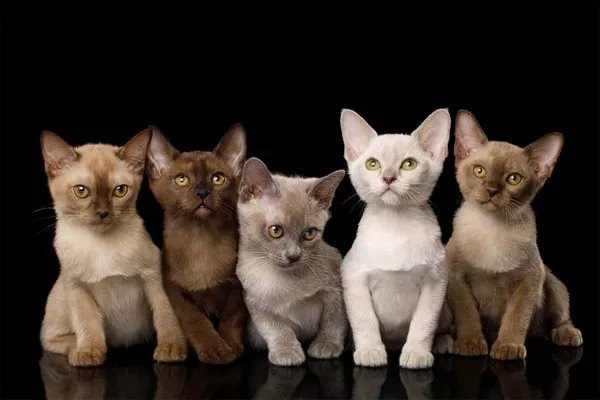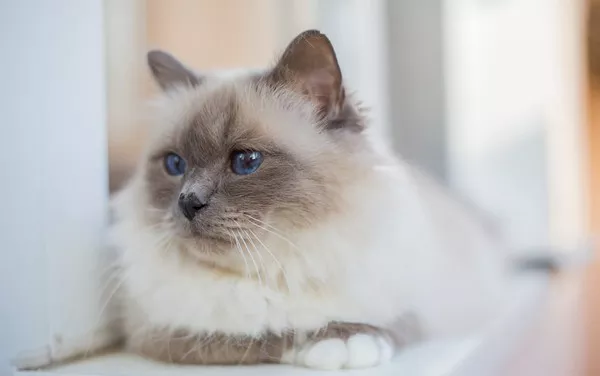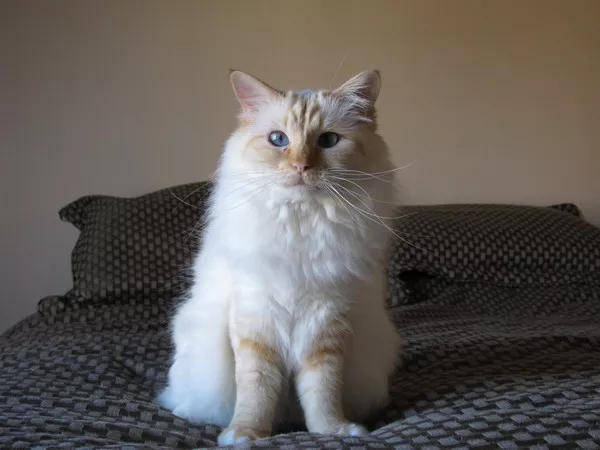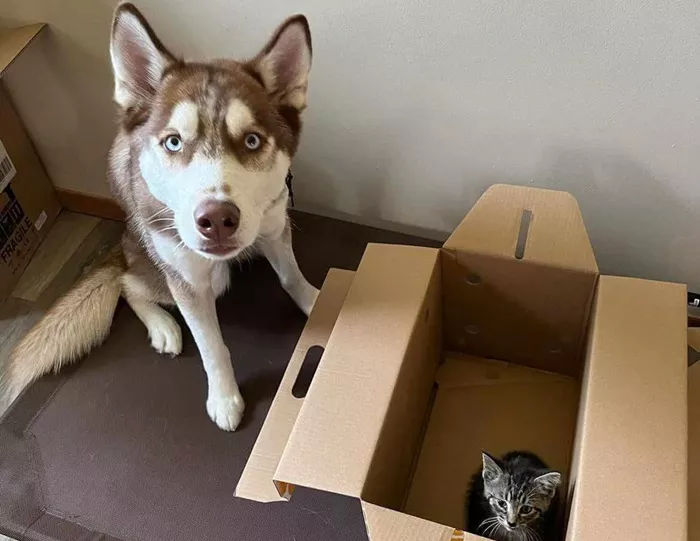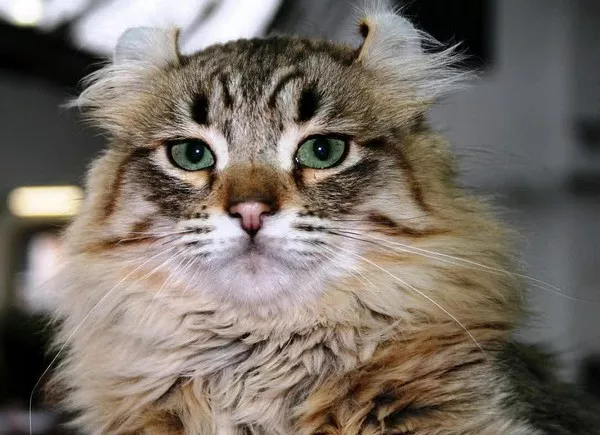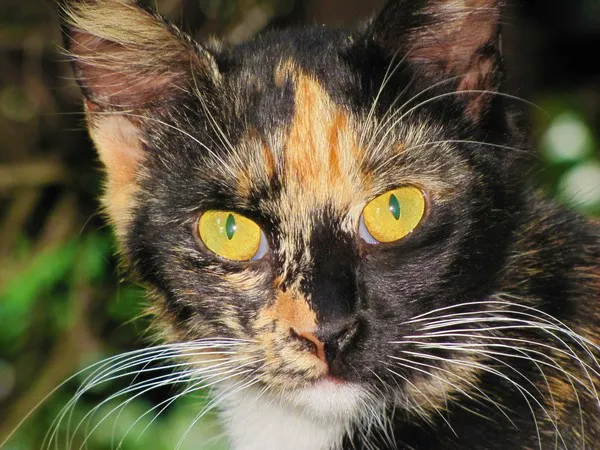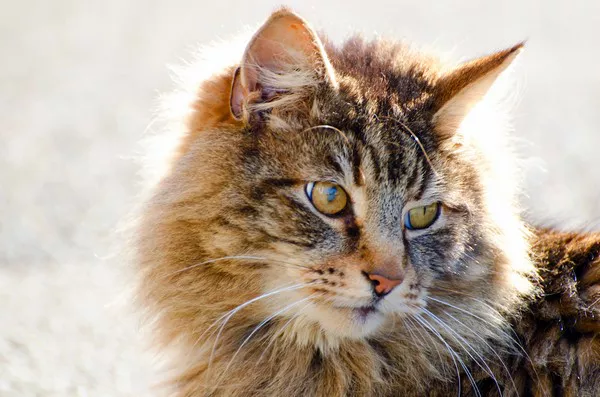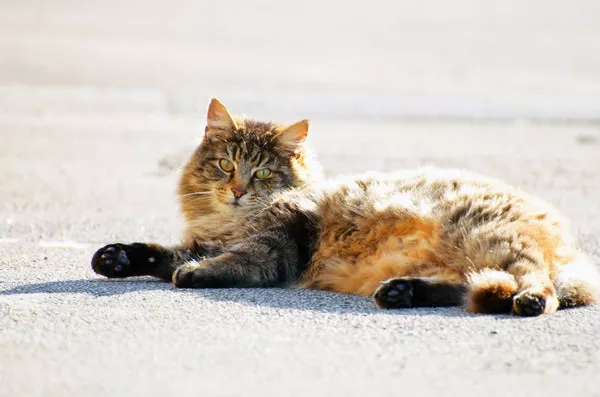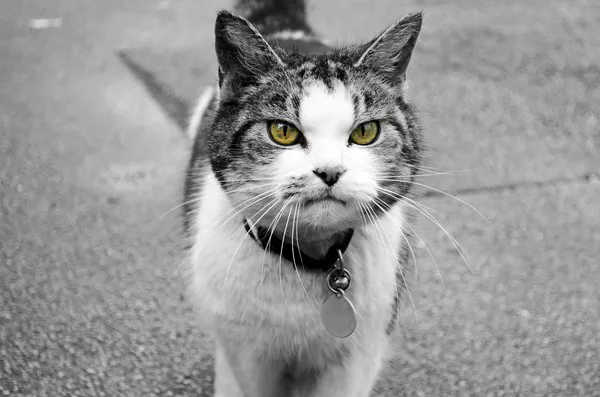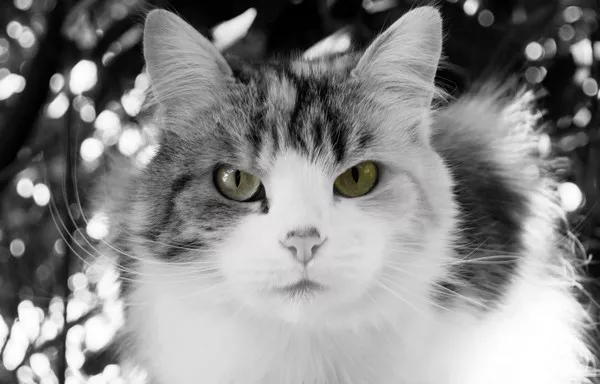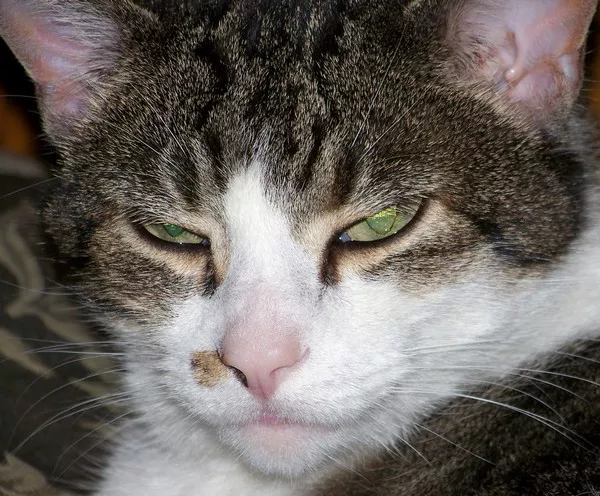A groundbreaking study conducted by researchers at the Royal Veterinary College (RVC) has provided the first-ever “life tables” for pet cats in the UK, offering valuable insights into the life expectancy of various feline breeds. Published in the Journal of Feline Medicine and Surgery, this research marks a significant advancement in understanding the lifespans of companion cats.
The study, which analyzed data on 7,936 cat deaths registered under primary care at veterinary clinics, revealed that the average life expectancy of UK companion cats is approximately 11.7 years. Of these, 819 were purebred, 6,998 were crossbreeds, and 119 had no recorded breed information.
Remarkably, Burmese and Birman cats topped the longevity chart with an average life expectancy from birth of 14.4 years. In contrast, Sphynx cats had the shortest lifespan at just 6.8 years, followed by Bengal cats at around 8.5 years. Crossbreeds and Siamese cats generally showed robust health, with life expectancies exceeding 11.5 years.
The study also highlighted a concerning trend among purebred cats, which showed a 1.83 times higher likelihood of dying before the age of three compared to crossbred counterparts. This suggests that genetic factors and breeding practices could significantly impact the health and longevity of certain cat breeds.
“These life tables for cats not only shed light on how long different breeds can live but also help pet owners and rehoming centers make informed decisions about the care and future planning for their pets,” said Dr. Kendy Teng, co-author of the study from Taiwan’s National Chung Hsing University. “They empower owners to make ‘pawsitive’ decisions that enhance the wellbeing of their cats.”
Dr. Dan O’Neill, another study author from RVC, added, “By leveraging novel scientific methods and the power of Big Data, this study finally enables cat owners to predict the future life expectancy of their pets.”
This research is poised to have a significant impact on how cat owners approach the health and care of their pets, potentially leading to better-targeted health interventions and improved quality of life for the UK’s beloved feline friends.

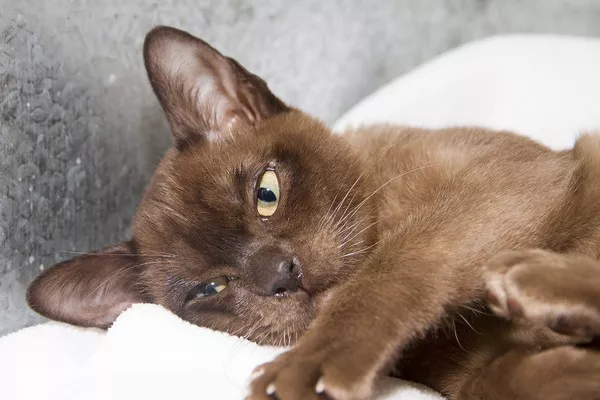
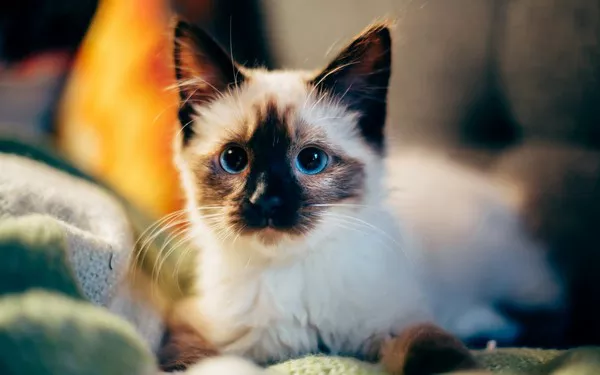
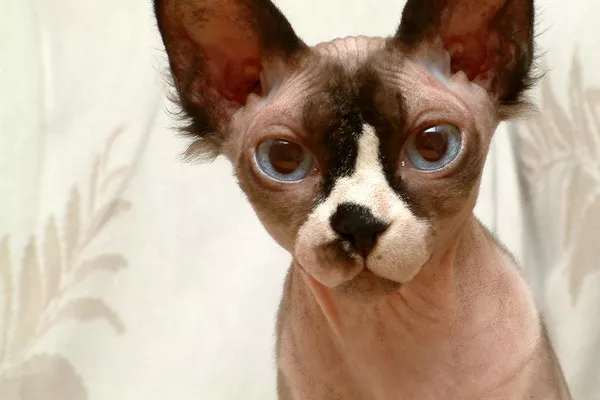
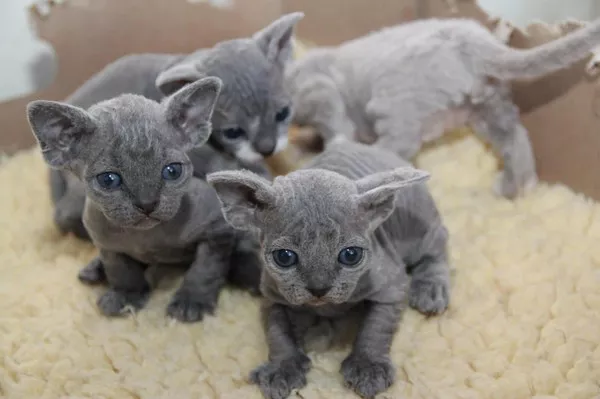
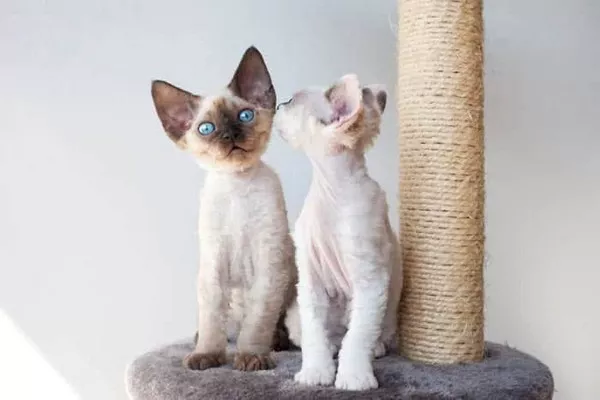
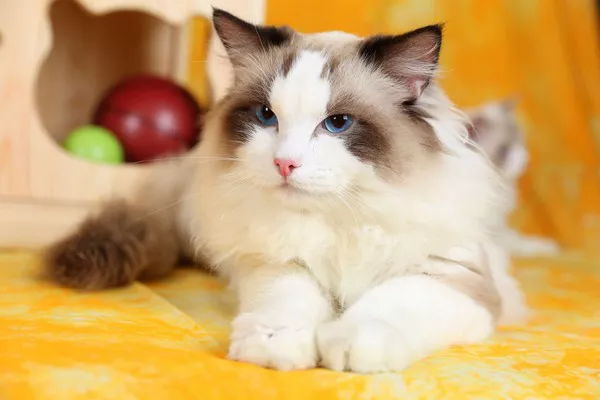
![Are Birman Cats Cuddly?[Revealed!]](https://www.catsmeowweb.com/wp-content/uploads/2023/06/birman-cat-26.webp)
